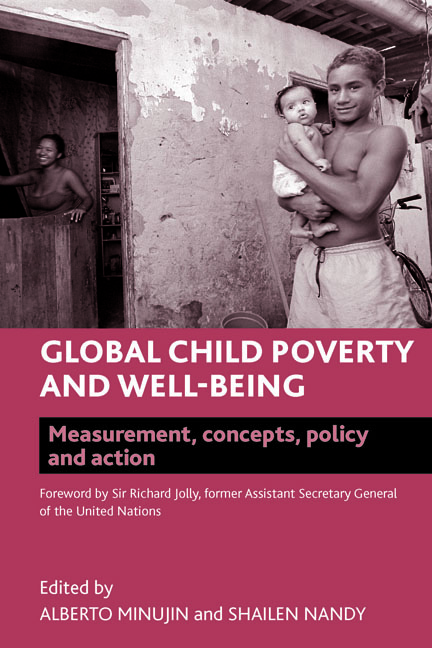eleven - Multidimensional child poverty in Tanzania: analysis of situation, changes and sensitivity of thresholds
Published online by Cambridge University Press: 07 September 2022
Summary
Introduction
Traditionally, since before independence, Tanzania has been an egalitarian society. However, economic stagnation, the debt crisis of the 1980s and the ensuing adjustment policies period have proved detrimental to equity. The economic recovery enjoyed by Tanzania in the last few years has not resulted in a significant reduction of income poverty nationwide.
While there has been progress in some social indicators (for example, child malnutrition, education, under-five mortality), progress has been unconscionably slow for many dimensions of well-being. These observations call for a deeper analysis of the characteristics of poverty and disparities, moving beyond income poverty and income distribution. Thus, this chapter approaches the issue from the perspective of child poverty and its characteristics. Using a multidimensional approach, the analysis is centred on the depth and severity of child poverty and on the changes between 1999 and 2004/05.
The chapter begins with a presentation of the methodology to analyse child poverty. This is followed by an analysis of the extent of child poverty in 2004/05 and its various dimensions and characteristics, including depth and severity. Changes in child poverty between 1999 and 2004/05 are then explored before presenting sensitivity analyses, including the exploration of alternative thresholds to determine child poverty. Finally, some preliminary conclusions are offered.
Methodological considerations
Poverty measurement
The different approaches to poverty measurement can be roughly classified in two groups: simple (unidimensional) measures and multidimensional ones. The monetary approach is the typical unidimensional approach and it is the most widely used by analysts and development agencies (Boltvinik, 1998). This approach relies on the level of income (or consumption) of households (or individuals) to measure poverty and to identify who counts as ‘poor’. Once the percentage of the population whose income falls short of the poverty line is established, the depth and the severity of poverty can be measured.
The unidimensional, monetary approach to the poverty line, however, suffers from several shortcomings. These include, among others, the fact that despite the best efforts to establish a set of goods and services that constitute the poverty line in a scientific way, there is always a level of arbitrariness in setting the value or threshold of the poverty line.
- Type
- Chapter
- Information
- Global Child Poverty and Well-BeingMeasurement, Concepts, Policy and Action, pp. 263 - 286Publisher: Bristol University PressPrint publication year: 2012



